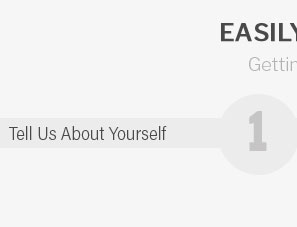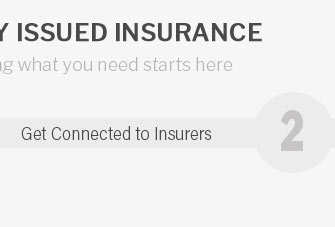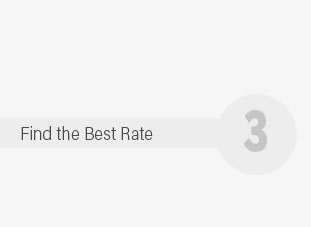 |
 |
 |
|---|
 |
 |
 |
 |
|---|
 |
 |
 |
 |
 |
 |
|---|

Understanding Whole Life Insurance: A Comprehensive GuideWhole life insurance is a form of permanent life insurance that provides lifelong coverage and includes an investment component known as the policy's cash value. This type of insurance is designed to offer peace of mind, knowing that your beneficiaries will receive a death benefit when you pass away, regardless of when that may occur. Key Features of Whole Life InsuranceLifetime CoverageUnlike term life insurance, which expires after a set period, whole life insurance remains in force for the policyholder's entire life, as long as the premiums are paid. Cash Value ComponentA portion of the premiums paid accumulates as cash value, which grows tax-deferred over time. This can be borrowed against or withdrawn, providing financial flexibility. Benefits of Whole Life Insurance
Considerations Before PurchasingCostWhole life insurance tends to be more expensive than other types of life insurance, such as term life. However, the added benefits and cash value component can justify the higher cost for some individuals. ComplexityThe investment component and potential dividends can make whole life insurance more complex than other insurance products. It's important to understand these elements before purchasing a policy. Whole Life vs. Other Types of InsuranceWhole life insurance differs from guaranteed issue life insurance and other forms like term insurance, primarily in terms of duration and investment features. It's crucial to compare these options to determine which best meets your needs. Frequently Asked Questions
Understanding the nuances of whole life insurance is crucial for making informed decisions about your financial future. Consider discussing your options with a financial advisor, especially during life insurance awareness month, to ensure you choose the best policy for your needs. https://www.nerdwallet.com/article/insurance/whole-life-insurance
Whole life insurance combines permanent life insurance with guaranteed investment growth. But it's pricey. https://www.investopedia.com/terms/w/wholelife.asp
Whole life insurance guarantees payment of a death benefit to beneficiaries in exchange for level, regularly-due premium payments. The policy includes a savings ... https://www.guardianlife.com/life-insurance/whole-life/how-it-works
A PUA is guaranteed permanent, paid-up life insurance. This can provide you with a growing cash value and a death benefit that is guaranteed once purchased.
|
|---|